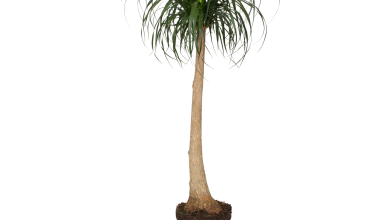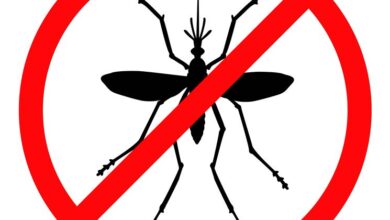Olive Tree Diseases: [Characteristics, Types, Detection and Treatment]
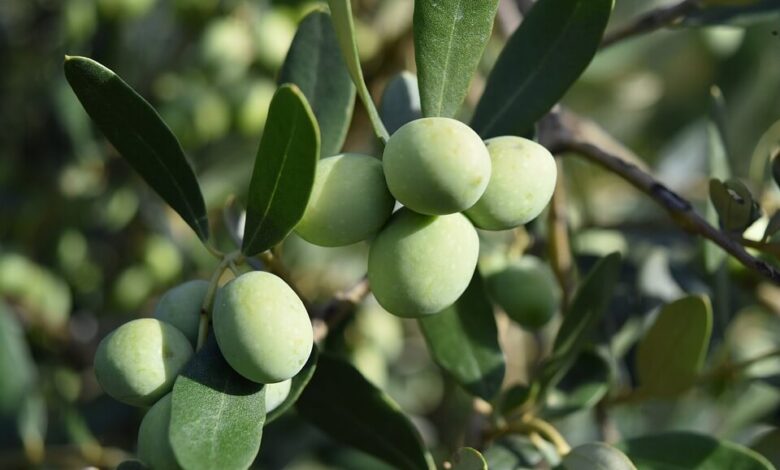
What are olive tree diseases and how can we detect them?
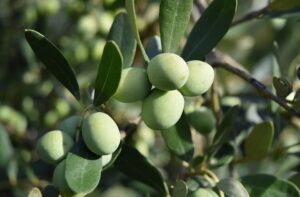 The olive plant is susceptible to attack by numerous phytophages and pathogens, which maintain a fragile balance with their host.
The olive plant is susceptible to attack by numerous phytophages and pathogens, which maintain a fragile balance with their host.
Olive tree diseases cause crop losses that can compromise the productive capacity or life of the tree.
In recent years it has been found that climatic conditions sometimes favor the development of some olive tree diseases. Among the main diseases of the olive tree are those caused by fungi (mycosis) that affect leaves and olives (especially Repilo, Anthracnose and Leaded).
Other lesions are generated by radical mycoses (Verticulosis and root rot caused by the Phytophthora fungus). Other diseases that attack the olive tree are produced by bacteria, including Tuberculosis or warts and various abnormalities due to abiotic factors.
Description of olive tree diseases
The most prominent diseases that affect olive cultivation are:
Olive leaf or turkey eye spot
Produced by the fungus Spilocaea oleagina and is characterized by the presence of circular spots on the upper surface of the leaves, dark brown in color, sometimes surrounded by a yellowish halo.
Leaded or leaden repilo
Fungal type disease caused by the fungus Pseudocercospora cladosporioides . It is a widespread disease in most olive growing regions, affecting leaves and fruits, causing serious defoliation, fruit drop and, in general, weakening of the tree .
Anthracnose
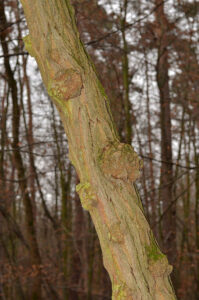 Also known as a soapy or mummified olive, it is produced by the fungus Colletotrichum, spp.
Also known as a soapy or mummified olive, it is produced by the fungus Colletotrichum, spp.
It produces the rotting of olives, weight loss and their fall. The affected olives produce poor quality oils, with a high acidity index (“colored oils”).
Desiccation and death of branches that supported the infected fruits have also been observed.
Verticulosis or lightning plague
It is a disease caused by the fungus called Verticillium dahliae. When the olive tree has this disease, two symptoms are distinguished called «Apoplexy», rapid death of the branches and the plant and «Slow decay», which is the desiccation and mummification of the inflorescences.
Tuberculosis
It is a disease produced by a bacterium called Pseudomonas savastanoi, which reduces growth and the fruit acquires a bitter, rancid or salty taste that reduces the quality of the oil.
How to identify and eliminate olive tree diseases?
The cultivation of the olive tree is very precious in the world and as it is an edible fruit of great culinary value, studies and research have been carried out to combat and identify the diseases that attack it:
El Repilo, vivillo ”or fall of the olive leaves
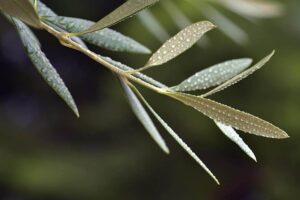 It is the most common disease of the olive grove and causes serious defoliation that progressively weakens the tree.
It is the most common disease of the olive grove and causes serious defoliation that progressively weakens the tree.
The most characteristic symptom of the disease occurs in the upper part of the leaves, where circular spots of variable size and of a dark brown-black color are appreciated, frequently with a yellow halo.
To prevent the disease, ventilation of the plants, selective pruning and the use of plantation frames that avoid the formation of dense crowns or joints, is recommended. As for chemical control, the most used are cupric fungicides, with which the crown, lower branches and the plant must be thoroughly wetted without the interior / ”> interior of the plant.
Leaded or leaden repilo
It is one of the olive tree diseases less known by farmers and attacks both the upper side and the underside of the leaves. The name of the disease refers to the grayish coloration that appears on the underside of the leaves, mainly in the older ones, due to the pathogen conidia.
This disease can be attacked by selective pruning and planting frames that avoid the formation of very close crowns, creating a less favorable environment for inoculation.
Anthracnose
It is the most relevant disease of the fruit and the most important that affects the olive tree in humid areas where susceptible varieties are grown. Some olive growers know it as a soapy olive referring to its most well-known symptomatology, the soapy-looking rot on the fruit.
It is also recognized because it dries out and causes the death of the branches of the tree. Advancing the collection date is a form of escape that reduces the severity of epidemics.
Chemical control of the disease is based on the use of cupric fungicides, ensuring that the crown of the tree is well protected without any escape zones.
Verticulosis or lightning plague
It can be detected in two ways: in some cases the diseased plants experience a slow decay, generally accompanied by necrosis in the inflorescences. A second form of expression of the disease corresponds to a rapid death of shoots, main branches and secondary branches.
Although the disease can affect olive tree plants 50 years old or more, it has been proven that the most severe attacks almost always occur in new plantations, with plantations between 5 and 6 years old being more susceptible.
Among the factors that make it difficult to control are its wide range of hosts, its ability to survive for a long time in the soil and its location in the xylem, which makes it difficult to access for chemical treatments.
To combat this disease, the following have been studied: measures before planting: choice of uninfected soils for cultivation; recovery of infected fertile soils; use of inoculum-free planting material; use of tolerant cultivars.
Post-planting measures: unfavorable cultivation practices for pathogens; use of organic matter and solarization in adult plants; chemical control although it has been proven that fungicides are not effective against the disease.
Tuberculosis
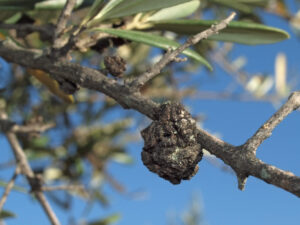 The affected olive trees present warts, tumors or galls on the branches that cause less vigor in the tree, reduced growth and the fruit acquires a bitter, rancid or salty taste that reduces the quality of the oil.
The affected olive trees present warts, tumors or galls on the branches that cause less vigor in the tree, reduced growth and the fruit acquires a bitter, rancid or salty taste that reduces the quality of the oil.
The best way to combat this disease is the use of cultural practices (removal and burning of diseased parts, disinfection of used tools) Natural products ( copper salts ) or chemicals.

![Photo of What Diseases and Pests Attack Bamboo?: [Identify and Treat Them]](https://www.complete-gardening.com/wp-content/uploads/2022/08/what-diseases-and-pests-attack-bamboo-identify-and-treat-them-390x220.jpg)
![Photo of Hanging Plants: [Planting, Care, Examples, Irrigation and Images]](https://www.complete-gardening.com/wp-content/uploads/2022/08/2_Lobelia-300x225-1-300x220.jpg)
